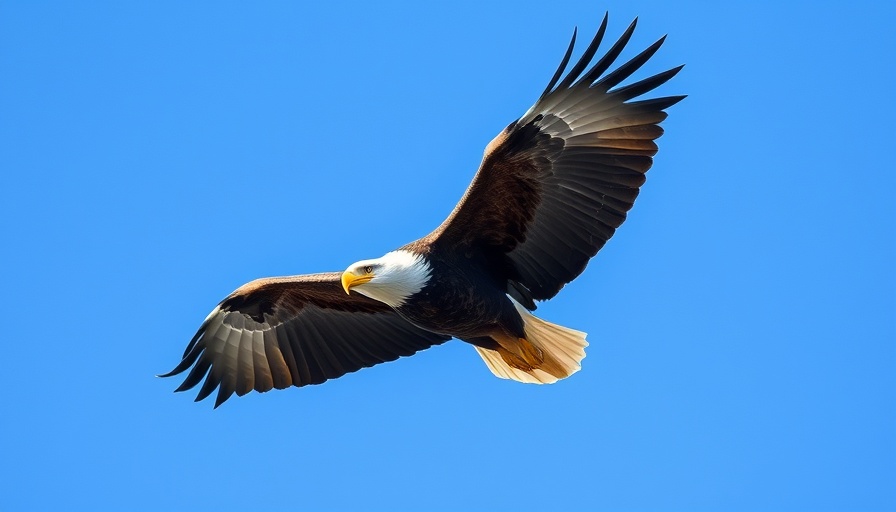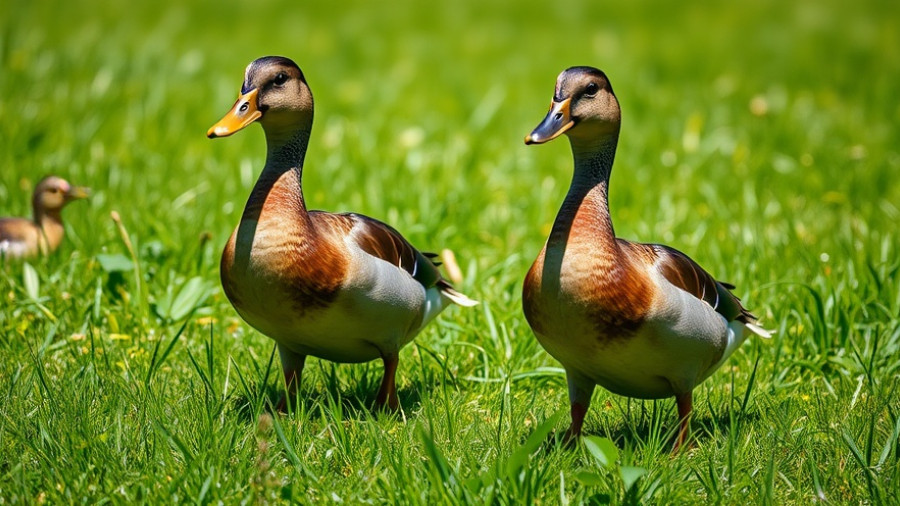
The Mechanics of Majestic Flight
Eagles are not just majestic creatures; they possess remarkable adaptations that enable them to soar across vast expanses of sky. Understanding the mechanics behind their flight involves examining their anatomy. Eagles boast broad wings designed for maximum efficiency, enabling them to harness rising warm air called thermals. This allows them to glide effortlessly and cover long distances with minimal energy expenditure.
Types of Flight: Harnessing Nature
Different species of eagles exhibit various flight techniques. The primary methods include thermalling, ridge lift, and dynamic soaring. Thermals are columns of warm air that rise and provide lift. Eagles can detect these columns, which allows them to gain altitude without the need for continuous flapping, saving energy for when it’s time to hunt.
Comparison with Other Birds: The Apex Predators
A fascinating aspect of eagles is how they compare to other birds. Many birds have adapted to flying in their own unique ways, but eagles stand out due to their size and power. Their massive wingspan enables them to leverage their weight and muscular prowess to hunt efficiently, reaching speeds that can inspire awe. In contrast to smaller birds that often rely on flapping and quick maneuvers, eagles' soaring techniques epitomize the grace of flight.
Eagles' Role in Ecosystems: A Vital Part of Nature
Beyond their impressive flying skills, eagles play essential roles in maintaining ecosystem balance as apex predators. Their hunting strategies include opportunistic hunting, which involves observing their surroundings from high altitudes before diving at incredible speeds to catch unsuspecting prey. This crucial ecological function underscores the importance of eagles beyond just their aesthetic value. They regulate populations of smaller animals, contributing to biodiversity.
Challenges and Conservation: Protecting the Sky Kings
Despite their strengths, eagles face numerous threats, including habitat loss, pollution, and hunting. Conservation programs are vital for preserving not only their populations but also the delicate ecosystems they inhabit. By understanding the importance of these magnificent birds, we can take steps to ensure their survival for future generations.
Conclusion: Flight as a Symbol of Freedom
The flight of eagles symbolizes not only their freedom but also the intricate balance of nature. Their adaptations for flight and profound ecological roles make them vital contributors to our planet's health. Appreciating these aerial giants encourages us to advocate for their protection, ensuring they continue to grace our skies for years to come.
 Add Row
Add Row  Add
Add 




Write A Comment